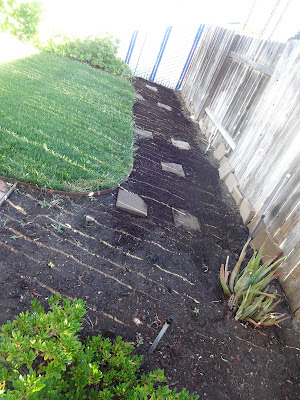I love supporting local wildlife with flowering plants. I also love seeing some insects on my plants. It lets me know that I the plants are healthy enough for other animals to consume. However, there comes a time when enough is enough.
That time came for me this last winter when my Mustard plants became the breeding ground for several dozen uninhibited harlequin bugs (not pictured). By the time I was able to get to the plot, the bugs had begun multiplying. In order to deter the adults to set up camp, I came back as soon as I could – at night – and chopped down all of the plants. This left a lot of residue, but given the proliferation of bugs and the potential for the Mustard to spread seed, it was wise for me to remove the plants as quickly as possible.





















































